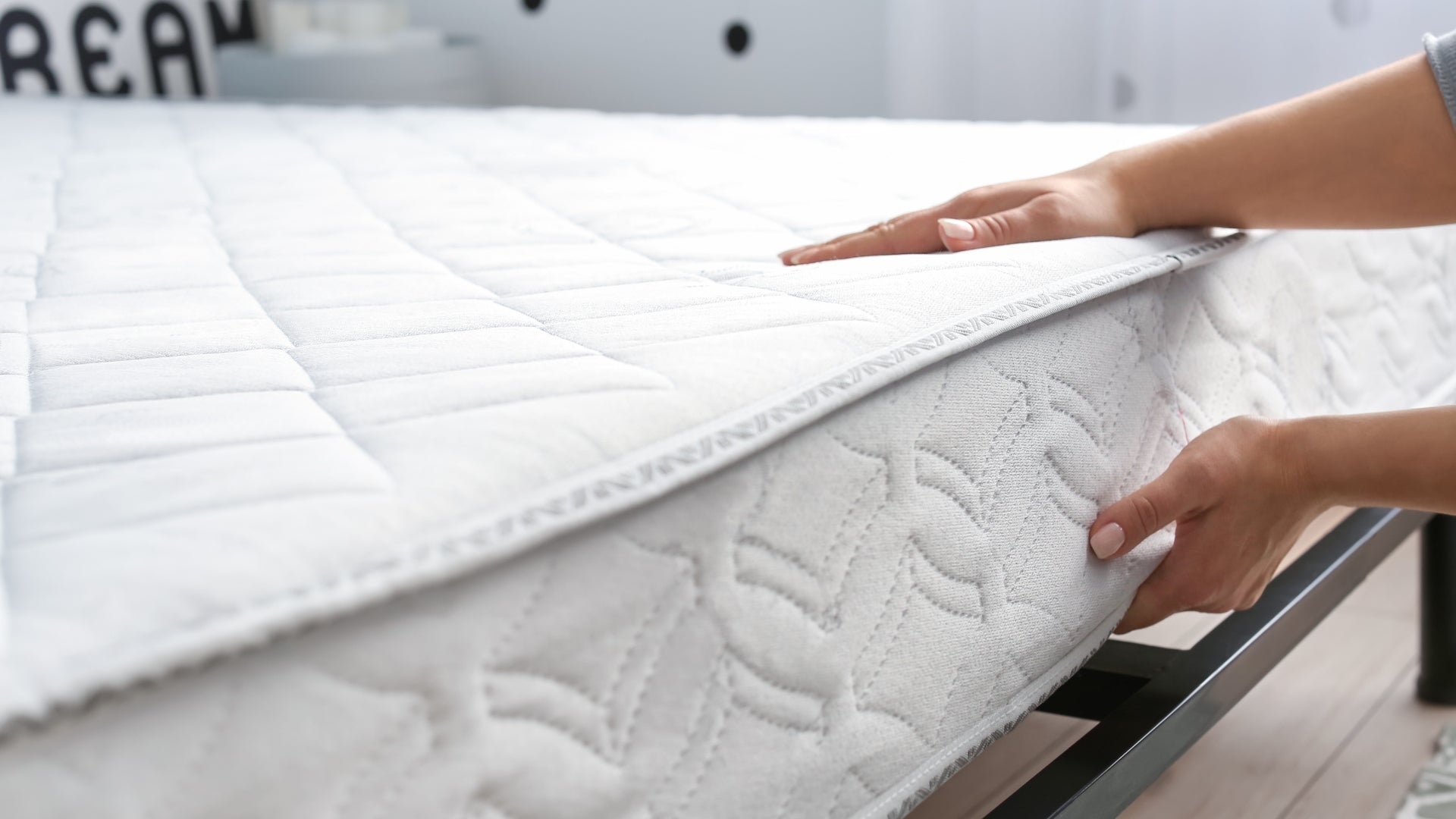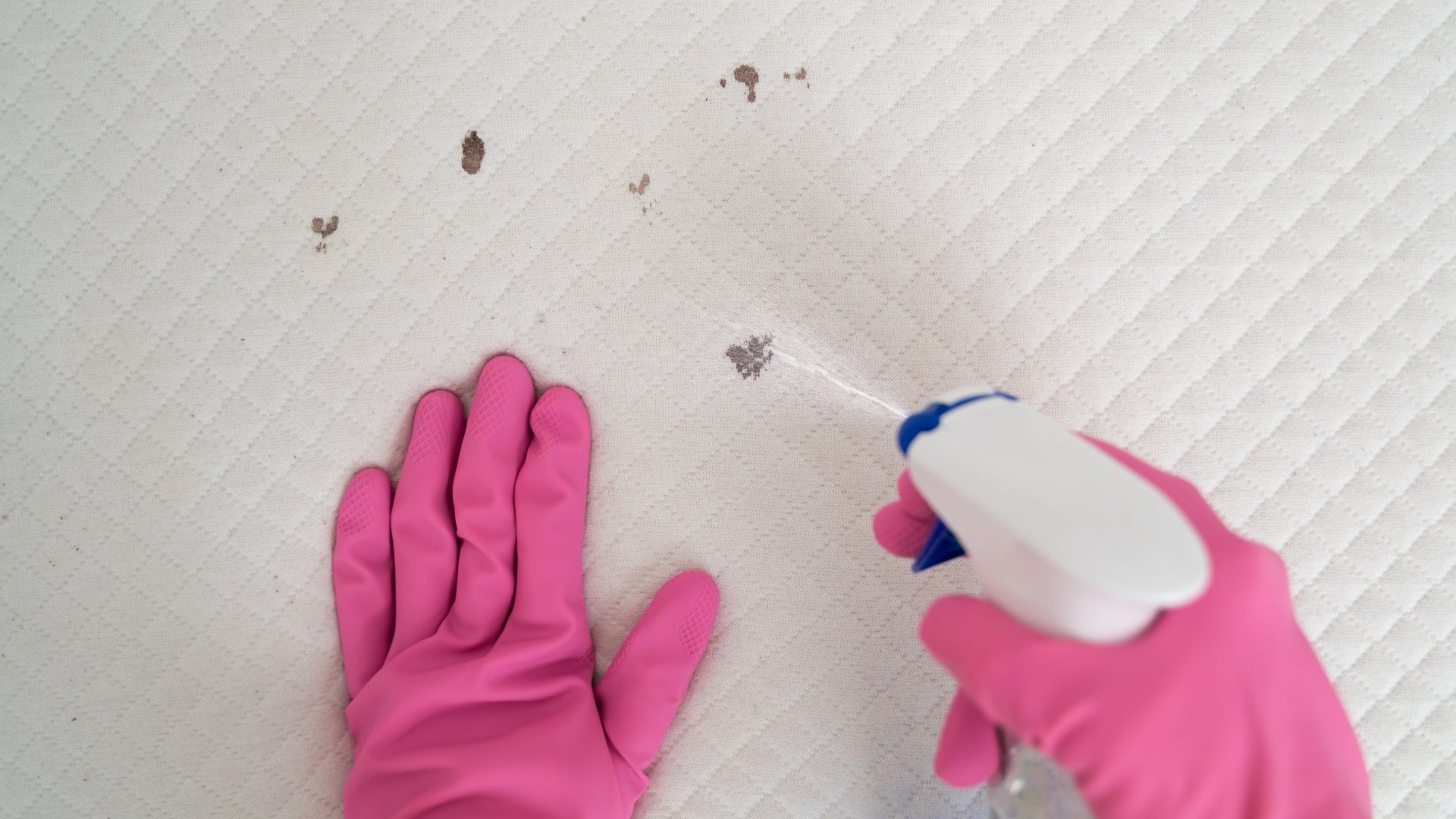To ensure your mattress continues to provide excellent support and comfort for years to come, it's important to implement a regular rotation schedule. We suggest rotating your mattress every three months at minimum. This process involves shifting the mattress so that the end that was at the head of the bed is now at the foot. If your mattress is double sided, then you should also flip it over when rotating too.
Regular rotation is essential for several reasons:
- It helps maintain an even distribution of the comfort materials within the mattress.
- It promotes equal usage of all areas of the mattress.
- It's a simple yet effective way to extend the life of your mattress.
-
It's a key part of proper mattress maintenance.
Rotation Frequency
While we recommend a quarterly rotation at minimum, it's advisable to check your specific mattress manufacturer's guidelines, as recommendations can vary. If you feel your mattress isn't providing the expected level of comfort or support, you may choose to rotate it more frequently. Remember, consistent rotation is key - the more often you do it, the more evenly distributed the internal materials will remain.
Benefits of Regular Mattress Rotation
Most individuals tend to sleep in the same position each night. Without regular rotation, this can lead to uneven wear on your mattress, potentially compromising its ability to provide proper support.
Key advantages of consistent mattress rotation include:
- Extended period of optimal support
- Maintained comfort levels
- Even distribution of internal materials
-
Minimised risk of developing dips or sagging areas
Rotation vs. Flipping: Understanding the Difference
Regardless of your mattress type, it's essential to rotate it end-to-end at least once every three months. However, the need for flipping depends on your mattress design:
- Single-sided mattresses: Only require rotation from end-to-end
-
Double-sided mattresses: Need both rotation and flipping
Step-by-Step Guide to Mattress Rotation
While one person can rotate a mattress, it's often easier with a partner. Here's a simple process:
- Remove all bedding (duvet, pillows, sheets) and clear nearby furniture
- Utilise the mattress's turning handles, if available
-
Rotate the mattress 180 degrees, moving the head end to the foot of the bed
Flipping Your Mattress
For double-sided mattresses, flipping is an important part of maintenance. Due to the weight of most mattresses, it's recommended to have assistance. Follow these steps:
- Clear the bed of all bedding and move nearby furniture
- Use the mattress handles if present
- Rotate the mattress 180 degrees
- Lift the mattress onto its side, then lower it onto the opposite side
Note: Only flip double-sided mattresses. Check the mattress label or care guide if you're unsure about your mattress type.
Maintenance for Guest Room Mattresses
For mattresses used infrequently, such as those in guest rooms, the rotation schedule can be less rigorous. Aim to rotate these mattresses once every six months to a year, depending on how often they're used.
Adjusting Rotation for Weight Disparities
In cases where there's a significant difference in weight or height between partners, more frequent rotation is advisable. This helps to distribute the internal materials more evenly, ensures balanced wear, and prevents the mattress from developing dips or sagging on one side.
Single Sleeper Rotation Guidelines
Even if you're the sole user of the mattress, it's still important to rotate it at least quarterly. This practice helps to evenly distribute the internal materials, ensures equal wear on all sides, and prevents the mattress from developing a permanent impression on one side.
Special Considerations for Memory Foam Mattresses
Memory foam mattresses should not be flipped. This is because the memory foam layer is typically only on the top side of the mattress, not on the underside. Flipping would result in sleeping on an unsuitable surface and negate the benefits of the memory foam.
However, regular rotation of memory foam mattresses is still crucial for maintaining even distribution of materials.
Tips for Handling Heavy Mattresses
When dealing with a particularly heavy mattress:
- Always enlist help - never attempt to flip a heavy mattress alone
- Make use of the mattress turning handles if available
- Remember that rotation from end-to-end is still necessary, not just flipping
-
If needed, split the task: rotate the mattress one day and flip it another
By following these guidelines, you can help ensure your mattress remains comfortable and supportive for its entire lifespan, regardless of its type or your specific sleeping situation.



